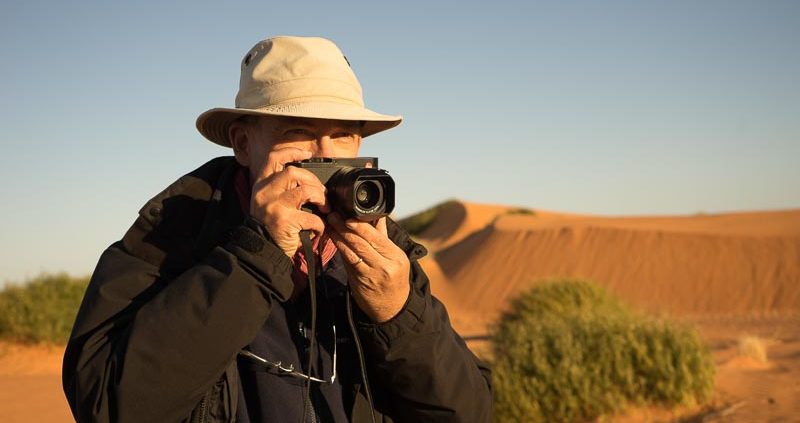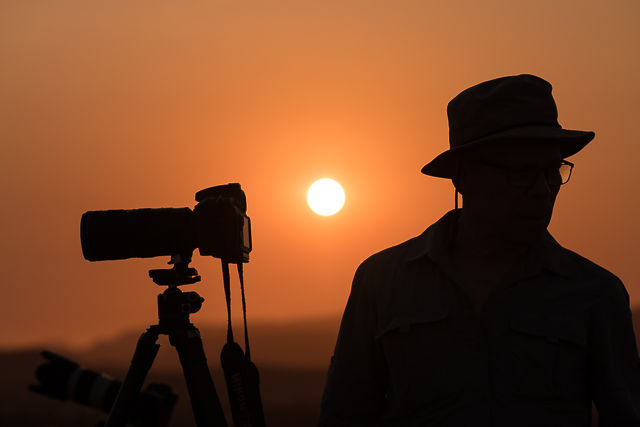Photo Basics – Apertures

Wide apertures like f1.4 limit the focus to only the eyes – Banda Neira, M-Monochrom. 50mm Summilux.
The aperture is a crucial component of photographic lenses. It’s an adjustable iris mechanism that can be a narrow hole or as wide as the inside of the lens allows. Why is it important? Well, if shutter speeds determine the length of time light shines on a camera’s sensor then the aperture controls the intensity or brightness of that light. Think of it like a pipe. A narrow pipe can only let so much water through in a given amount of time whilst a wider pipe can let through more.
Your eye has an iris, and it will be small on a bright day and wide when the light levels are low. This is exactly how a camera’s aperture works – the aperture controls the intensity of light entering the camera. This is very important for two reasons: Exposure and Depth-of-Field.
Read on for more, and if you find this interesting consider joining me on one of my Leica Akademie workshops – Photo Fundamentals – where I take you through ten different core subjects including Apertures, Shutter Speeds and ISO.








